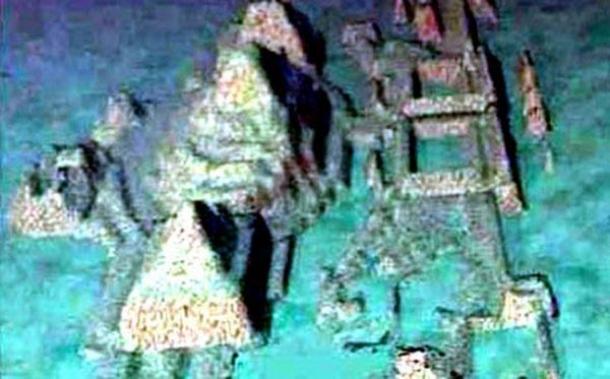

| Online: | |
| Visits: | |
| Stories: |

| Story Views | |
| Now: | |
| Last Hour: | |
| Last 24 Hours: | |
| Total: | |
The Exceptional Underwater City of Cuba: A New Theory on its Origins – Part I

In his Underworld: The Mysterious Origins of Civilization, Graham Hancock examines the numerous structures that have been discovered underwater around the world. Most of the sites that Hancock discusses lie less than 120 meters (395 feet) below sea level, which comes as no surprise since the sea level never fell below this mark during the time Homo sapiens walked the earth. Submerged over 700 meters (2300 feet) underwater, the Cuban city discovered by Paulina Zelitsky and Paul Weinzweig during a joint Cuban-Canadian expedition is the singular exception.
Overturning Old Theories
How can the existence of this underwater city at this great depth be reconciled with the well-established consensus that the sea level never dropped so low? In Hancock’s own words: “What one would not expect to find in water anywhere near as deep as 700 meters would be a sunken city – unless it had been submerged by some colossal tectonic event rather than by rising sea levels.”

Reconstructed Image from the sonar scan of the sea floor off the coast of Cuba.
However, the hypothesis that the city was originally built at a higher altitude and subsequently sunk to its present depth through tectonic activity has not stood up to the scrutiny of the experts. Grenville Draper of Florida International University considers it highly unlikely that such an event could have occurred: “Nothing of this magnitude has been reported, even from the Mediterranean…”
www.Ancient-Origins.net – Reconstructing the story of humanity’s past
Source: http://www.ancient-origins.net/opinion-guest-authors/exceptional-underwater-city-cuba-new-theory-its-origins-part-i-005425


